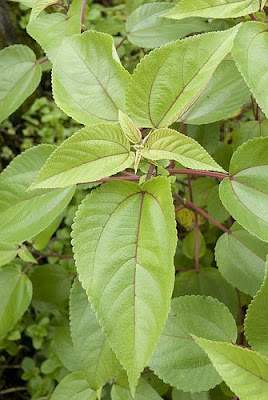I thought I would start a thread on all things botanical used in conjunction with growing our herbs, and see where it goes. Simply put plants used for feeding our plants or used for insect controls.
I think by now we know the more popular ones, like comfrey, nettles, alfalfa, kelp, yarrow and so on. Although we should still discuss these guys. Where to buy, how to grow, how to use etc.
I'll start with a link to holy basil. I recently just heard of it, and have no direct knowledge of it, but it seems like it could be good for us health wise and it might make an effective insecticide. How many store bought insecticides can say that?
http://en.wikipedia.org/wiki/Ocimum_tenuiflorum
scrappy
I think by now we know the more popular ones, like comfrey, nettles, alfalfa, kelp, yarrow and so on. Although we should still discuss these guys. Where to buy, how to grow, how to use etc.
I'll start with a link to holy basil. I recently just heard of it, and have no direct knowledge of it, but it seems like it could be good for us health wise and it might make an effective insecticide. How many store bought insecticides can say that?
http://en.wikipedia.org/wiki/Ocimum_tenuiflorum
scrappy









